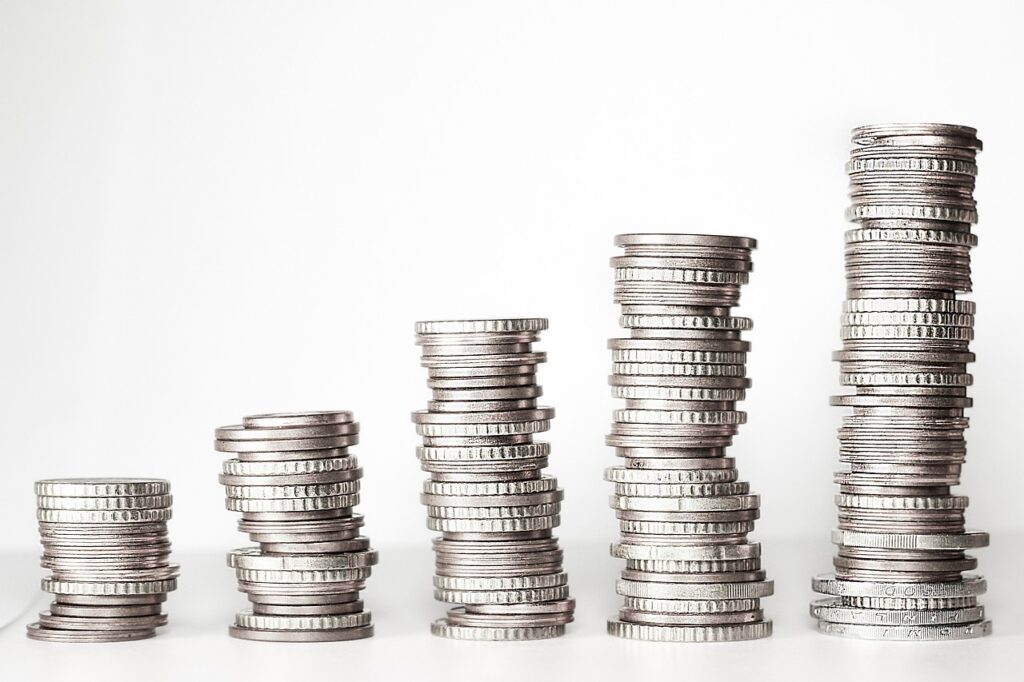Norwegian Hydrogen has secured dual public backing for its green hydrogen facility in Rjukan, Norway, with €13.2 million offered by the EU Hydrogen Bank and NOK 100 million in combined grants and loans from Innovation Norway.
The Rjukan project was one of 7 winners in the EU Hydrogen Bank’s first pilot auction, which awarded €720 million to green hydrogen producers across the European Economic Area. Norwegian Hydrogen’s €13.2 million award—intended to cover a premium per kilogram of green hydrogen produced—underscores the EU’s willingness to subsidize the delta between green and fossil-based hydrogen production costs.
Still, the auction process revealed structural tensions. The average winning bid price across the pilot round was €0.48/kg of renewable hydrogen, well below the €4/kg cost range typically associated with electrolysis-based production in Europe. The gap is covered through national and EU funding mechanisms, but the artificially low auction prices have raised concerns about long-term bankability and pricing transparency. For Norwegian Hydrogen, the pressure now shifts from securing subsidies to proving off-take viability in a market still characterized by limited demand-side pull.
On the domestic front, Innovation Norway’s NOK 100 million package—a mix of grants and green growth loans—reinforces the country’s ambitions to carve out a competitive position in the emerging hydrogen economy. According to Håkon Haugli, CEO of Innovation Norway, the Rjukan investment is a calculated bet on positioning Norwegian industry for the “early stages” of what could become a “crucial sector” for decarbonization.
Norwegian Hydrogen’s CEO, Jens Berge, highlighted that the company already supplies hydrogen across the Nordic region and sees the Rjukan project as a key enabler of scale. Yet no public details have been released on the project’s target production capacity, electrolyser technology, or projected levelized cost of hydrogen (LCOH)—all critical parameters for evaluating viability.
Moreover, the company’s ability to serve “hard-to-abate” sectors such as maritime transport will depend heavily on infrastructure interoperability and cross-border logistics. As of 2024, no unified Nordic hydrogen corridor exists. The EU’s TEN-T transport network revision aims to include hydrogen refueling infrastructure by 2030, but deployment remains fragmented.
The Rjukan project’s dual funding signals reflect a broader European approach that prioritizes early capital deployment over downstream market coordination. The EU Hydrogen Bank itself is a temporary instrument, initially capitalized with €3 billion but lacking a long-term revenue recycling mechanism. It is unclear how future rounds will be funded or whether they will include more robust criteria for offtake certainty and lifecycle emissions performance.
Stay updated on the latest in energy! Follow us on LinkedIn, Facebook, and X for real-time news and insights. Don’t miss out on exclusive interviews and webinars—subscribe to our YouTube channel today! Join our community and be part of the conversation shaping the future of energy.
